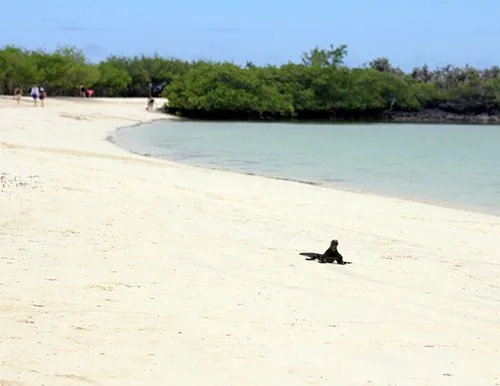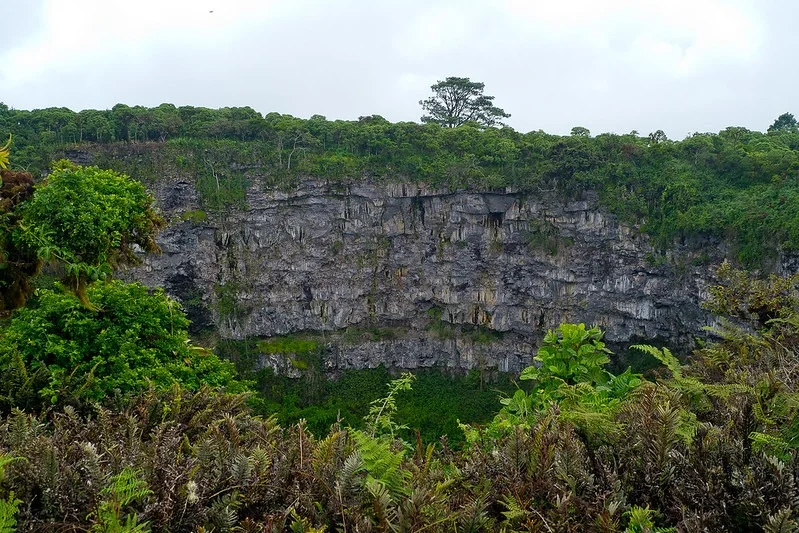
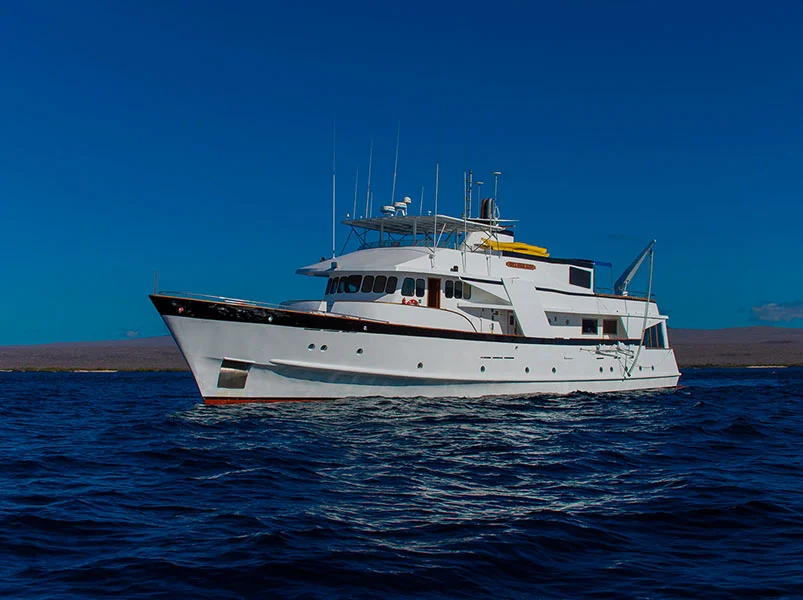
The M/Y Beluga Tower itinerary is an 8-day, 7-night cruise that takes you to the highlights of the Galapagos Islands. You will visit Santa Cruz Island, San Cristóbal Island, Española Island, Floreana Island, Santiago Island, and Genovesa Island. You will see a variety of wildlife, including giant tortoises, sea lions, iguanas, penguins, boobies, frigatebirds, and sharks. You will also have the opportunity to hike, snorkel, and kayak. This is a great trip for anyone who wants to experience the unique beauty and wildlife of the Galapagos Islands.
8 Day Galapagos Itinerary
Day 1: Baltra Island & Santa Cruz Island: Highlands / Darwin Station
Arrive at Baltra airport
Highlands of Santa Cruz
Galapagos giant tortoises can be seen in the wild in the highlands of Santa Cruz.
Charles Darwin Station
Visit the Charles Darwin Station is a research facility and National Park Information center. The Charles Darwin Station has a giant tortoise and land iguana breeding program and interpretation center.
Day 2: South Plaza Island & Santa Fe Island
South Plaza Island
Plazas consists of two very small islands that were uplifted from the sea, separated by a channel. Only South Plazas has a visitor site. The highlights include tall Opuntia cactus, land and marine iguanas, rocky cliff that looks out towards open ocean which is also a nesting site for red-billed tropic birds and gulls, and a seal lion bachelor colony.
Santa Fe Island
Santa Fe is a smaller island of 24 km2. The visitor site Santa Fe is located on the northeast end of the island. Highlights include Santa Fe land iguanas, pelican nesting site, sea lion colony, mockingbird, and Palo Santo trees.
Day 3: San Cristobal Island: Cerro Brujo, Galapaguera & El Junco
San Cristobal Island
San Cristóbal is the easternmost island of Galapagos and also one of the oldest.
Cerro Brujo
Cerro Brujo is a volcanic cone that looks over a beautiful white sand beach on the west side of San Cristóbal. Highlights include: Sally Lightfoot crabs, marine iguanas, and sea lions, Chatham mockingbird, lava lizards
Galapaguera & El Junco
The lagoon is the only fresh water reservoir in Galapagos and has great views from its altitude of 700m in the highlands of San Cristóbal. Rainwater has collected in the caldera for hundreds of years and formed this lagoon.
Galapaguera is a good area to see tortoises in their natural environment.
Day 4: Española Island: Gardner Bay & Punta Suarez
Española Island
Española is the oldest of the Southern Islands and is the southernmost in the archipelago. Because of its remote location a unique range of endemic species evolved here
Gardner Bay
Located on the northeast of the island, the site has a long and beautiful white sand beach inhabited by sea lion colonies.
Islote Garnder and Islote Osborn
These islets are snorkeling sites where visitors will see an abundance of tropical fish, reef sharks, and turtles.
Punta Suarez
The wildlife at Punta Suarez is plentiful and varied. Along the cliff visitors can enjoy the blowhole where seawater is forced about 20m into the air. The highlights are the Waved albatross (April-Dec) that are only found on Hood, Galapagos Hawks, blue-footed boobies, Nascar boobies, and Española lava lizards.
Day 5: Floreana Island: Punta Cormorant & Post Office Bay
Floreana Island
Floreana is best known for its colorful history of buccaneers, whalers, convicts, and early colonists.
Punta Cormorant
Punta Cormorant has two contrasting beaches and a large inland lagoon where pink flamingoes can be seen.
Devils Crown
This is a snorkeling site located just off Punta Cormorant. The site is a completely submerged volcano that has eroded to create the appearance of a jagged crown.
Post office bay
This is one of the few sites visited for its human history. Visit the wooden mail barrel where letters are dropped off and picked up and remains of the Norwegian fishing village.
Day 6: Santa Cruz Island: Dragon Hill & Santiago Island: Sullivan Bay
Santa Cruz Island: Dragon Hill
Dragon Hill is located in the northwestern side of Santa Cruz Island. Some highlights include small lagoons with flamingos, Palo Santo trees, and Opuntia cactus.
Santiago Island
Santiago Island is located between Isabela and Santa Cruz Islands.
This Island offers a wide variety of seabirds, marine iguanas and fur seals.
Sullivan Bay
This site is of great geological interest. Highlights: 100 hundred year old lava flow field, pahoehoe formations, lava bubbles
Day 7: Genovesa Island: Darwin Bay & Prince Phillip's Steps
Genovesa Island
Genovesa is an eroded flat volcanic island, with a natural harbor, which is actually the submerged caldera of this volcanic island.
Darwin Bay
The steep cliffs of this area dominate the island. This area is home to thousands of frigate birds, red-footed boobies, Noddy terns, lava gulls, tropicbirds, doves, storm petrels and
Darwin's finches.
El Barranco
There is a good possibility of seeing the unique "Short eared owl” at this site. During the dinghy rides along the cliffs fur seals and several species of seabirds can be spotted.
Day 8: Santa Cruz Island: Turtle Cove / Baltra Island
Santa Cruz Island: Caleta Tortuga
Turtle Cove is a red mangrove lagoon on Santa Cruz and a perfect example of how mangroves alter the marine environment to create a rich and unique habitat.
Baltra Island
Return flight to Quito
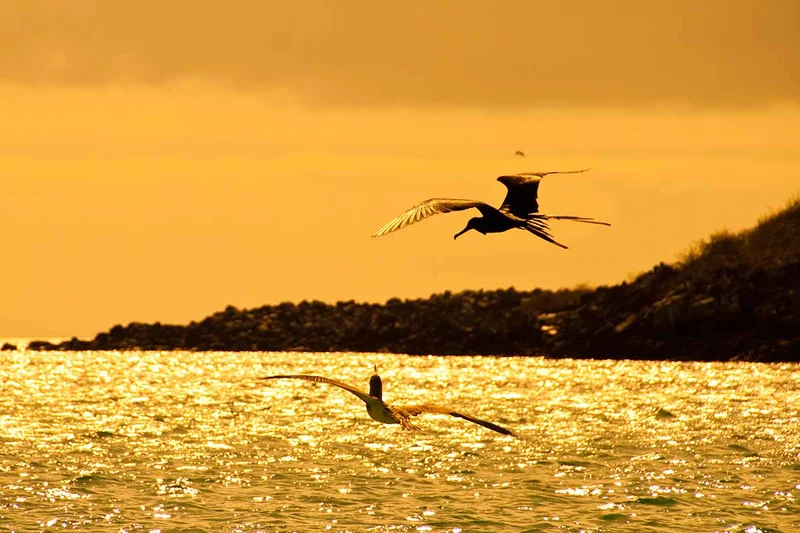
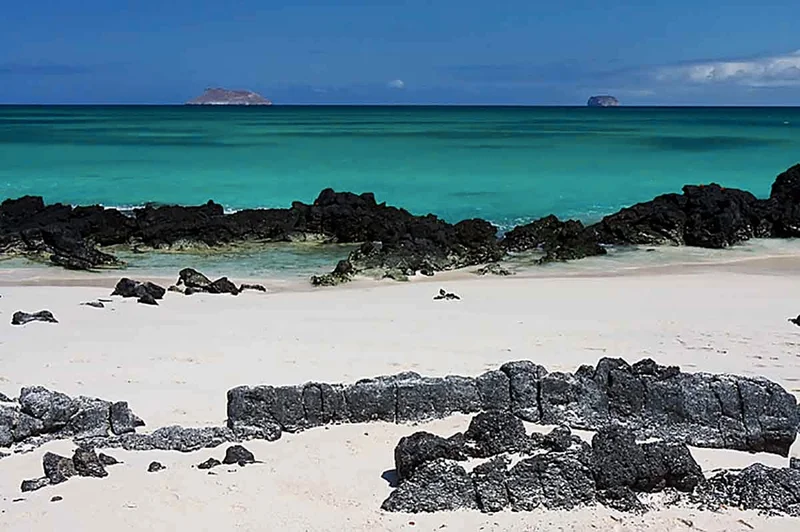
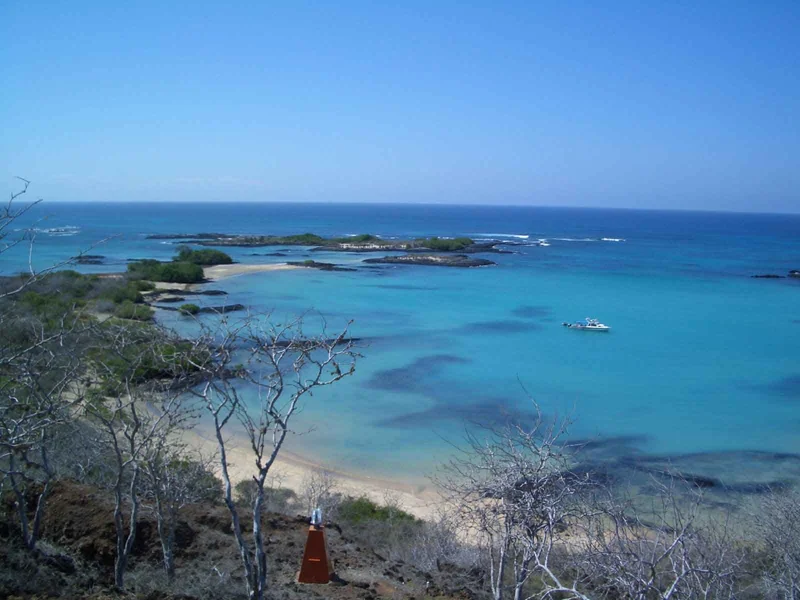
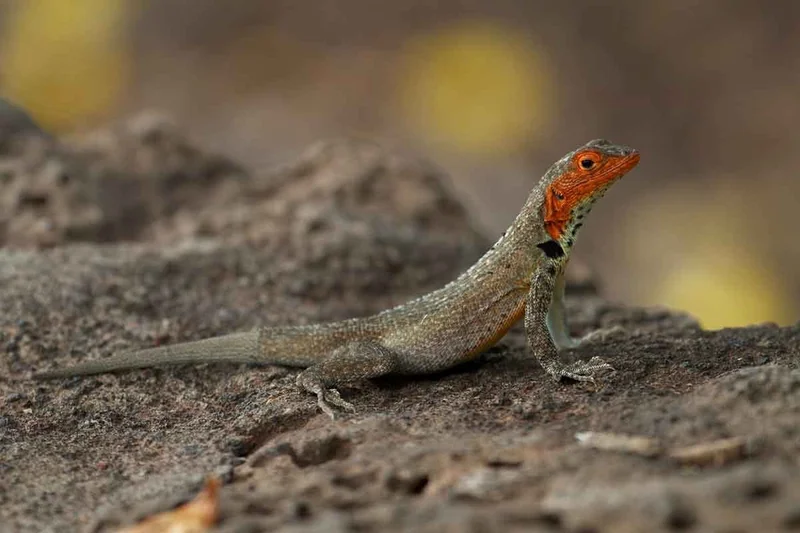


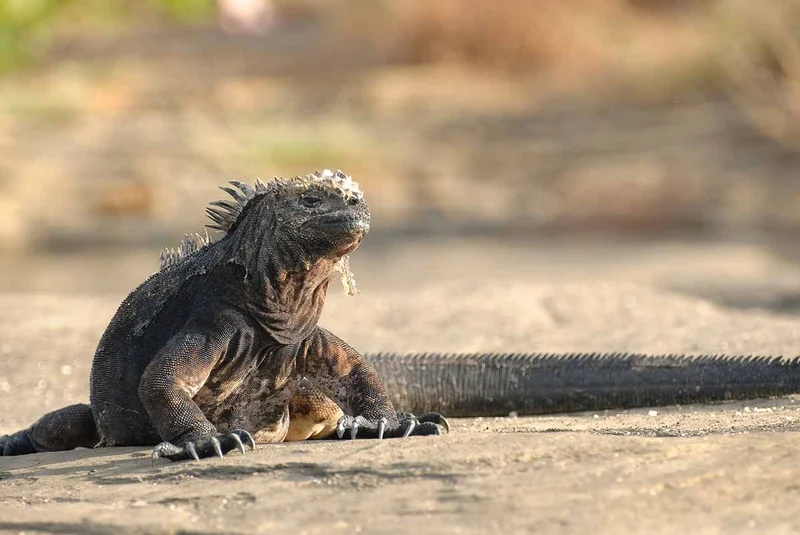
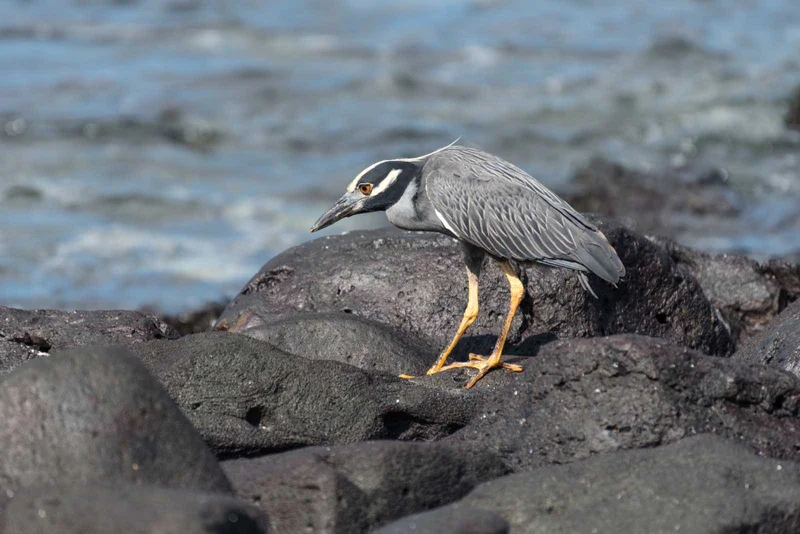
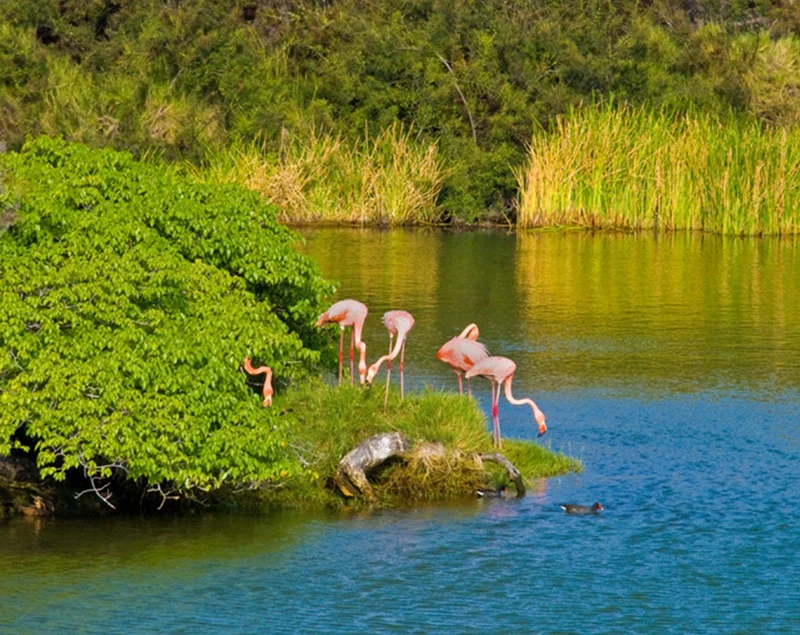


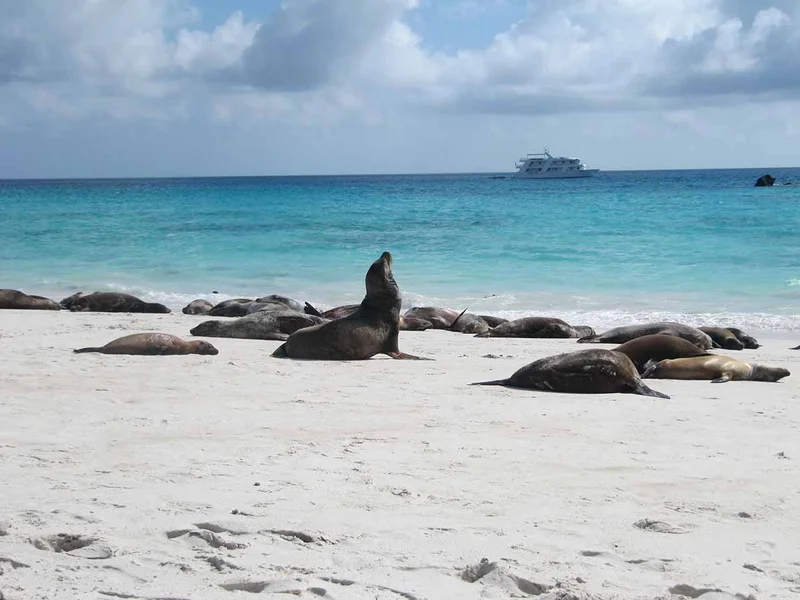


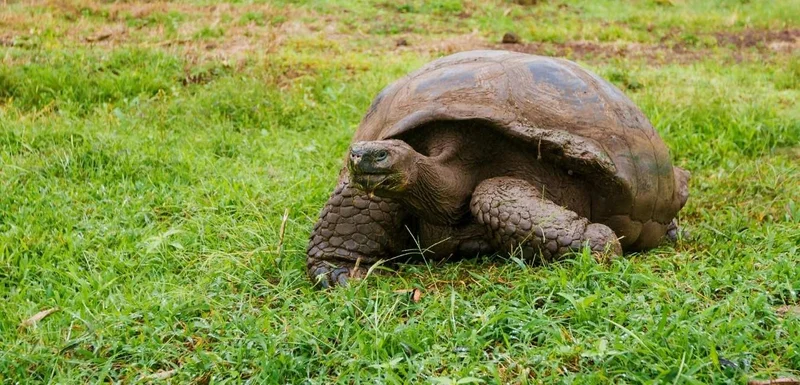
8 Day Galapagos Itinerary Includes
- Accommodation (sharing double cabins)
- Meals
- Excursions led by professional Naturalist guide
- Use of snorkel equipment
- Wetsuit
- Use of kayaks
- All transport between visitor sites and yacht
- Tea, coffee, water and natural juices
- Welcome cocktail
8 Day Galapagos Itinerary Does not Include
- Air tickets to and from the Galapagos. Tickets have to be bought with Enchanted Expeditions - US$50 dollars net surcharge per pax if not
- National Park fees (US$200)
- Transit Control Card (US$20)
- Bottled beverages on board
- Isabela Municipal dock fee (US$10 per person)
8 Day Galapagos Itinerary Highlights
- Land iguanas, marine iguanas, lava lizards, sea lions, fur seals, giant tortoise, Galapagos snake.
- Golden mustard rays, eels, white tip reef sharks, sea turtles, possible hammerheads, varieties of fish.
- Waved albatross (March to December), darwin finches, bluefooted/ redfooted/ nazca boobies, swallowtailed gulls, redbilled tropic birds, hood mockingbirds, galapagos dove, galapagos hawk, short eared owl, lava herons
- Tall opuntia cacti, salt bush, lantana, prickly pear cactus, manzanillo, palo santo, thorn bush, yellow cordia
- Walking, hiking, snorkeling, swimming, kayaking (certain sites), relaxing
Itinerary Map

Reviews
Animals you might see on this itinerary:
More information about the Galapagos Islands you visit in this 8 day itinerary:
The Tower Itinerary 8 Days - Beluga Yacht
Why travel with us?
Similar Itineraries
